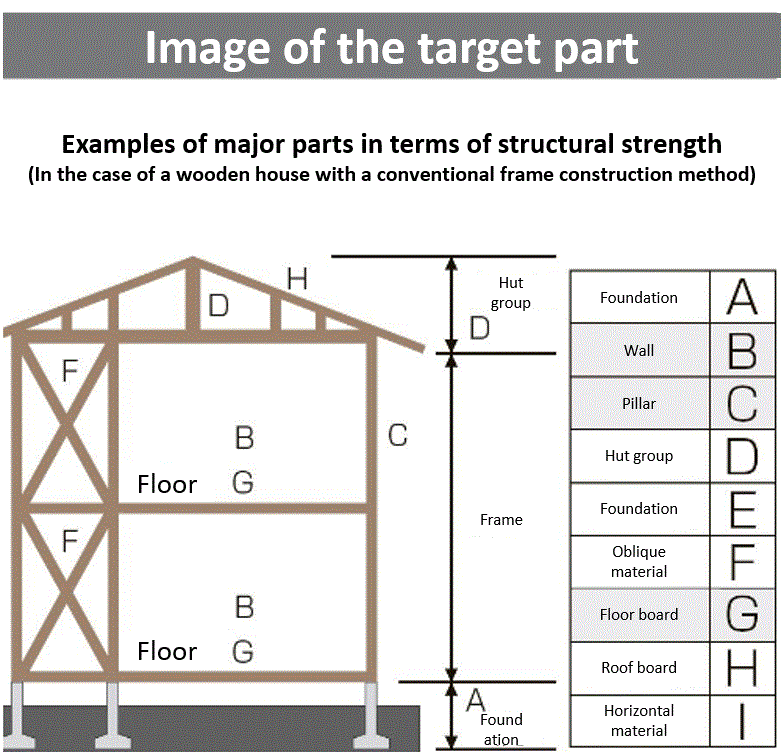KNOWLEDGE
水平器の知識
What is Housing Quality Assurance Act?
"Housing Quality Assurance Promotion Law" for short, "Quality Assurance Act"
This law was enacted on April 1, 2000, and covers new housing.
It was crafted in order to deal with the damage caused by defective housing.
The following three items are the pillars of the Housing Quality Assurance Act.
Defect warranty period of 10 years (mandatory)
"Deficiency" that are different from the condition promised when the house was delivered are called "defects" in this context. The seller of a newly built house must now repair the defect for 10 years. The target area is the "foundation structure" of the house.
What is the foundation structure part?
1.The main part for structural resistance (e.g., framework such as foundation, walls, foundation, roof panels, floor panels, etc.)
2.The part that prevents rainwater from entering.

住宅性能表示制度(任意)
People who buy a new house or build one to order can have the performance of the house evaluated if they wish. (Charged)
The evaluation can be done only by a "designated housing performance evaluation organization" established by the Minister of Land, Infrastructure and Transportation. So amateur buyers can make deals with peace of mind. When the evaluation certificate is issued, it means that the house has met the standards set by the Minister of Land, Infrastructure, Transport and Tourism.
| Performance to be evaluated | |
|---|---|
| Structural safety | Evaluates the strength of the entire building when subjected to forces, such as earthquakes and wind. |
| Fire safety | Evaluates the ease of evacuation and the building's resistance to burning in the event of a fire. |
| Mitigation of deterioration | Evaluates the measures taken to prevent and mitigate building deterioration (e.g., iron rust and concrete deterioration). |
| Consideration for maintenance | Evaluates the ease of daily maintenance (inspection, cleaning, and repair) of water supply, drainage, and gas pipes. |
| Thermal environment | Evaluates the effectiveness of heating and cooling (degree of energy conservation) through insulation of the house. |
| Air environment | Evaluates the cleanliness of indoor air, including the elimination of the effects of moisture and pollutants. |
| Light and visual environment | Evaluates visual matters, such as lighting. |
| Sound environment | Evaluates the effectiveness of sound reduction in floors, walls, and openings in preventing noise and preventing the transmission of sound within the dwelling. |
| Consideration for the elderly, etc. | It evaluates the ease of living when physical functions decline due to aging and other factors, especially the safety of moving around the house and the ease of assistance. |

